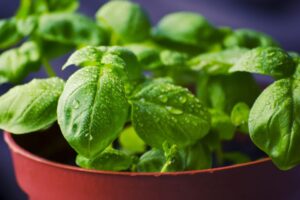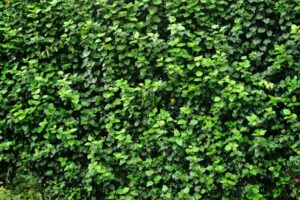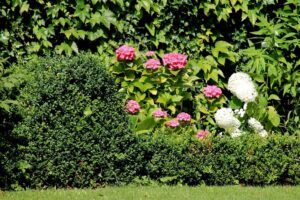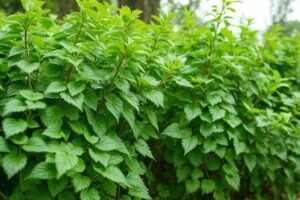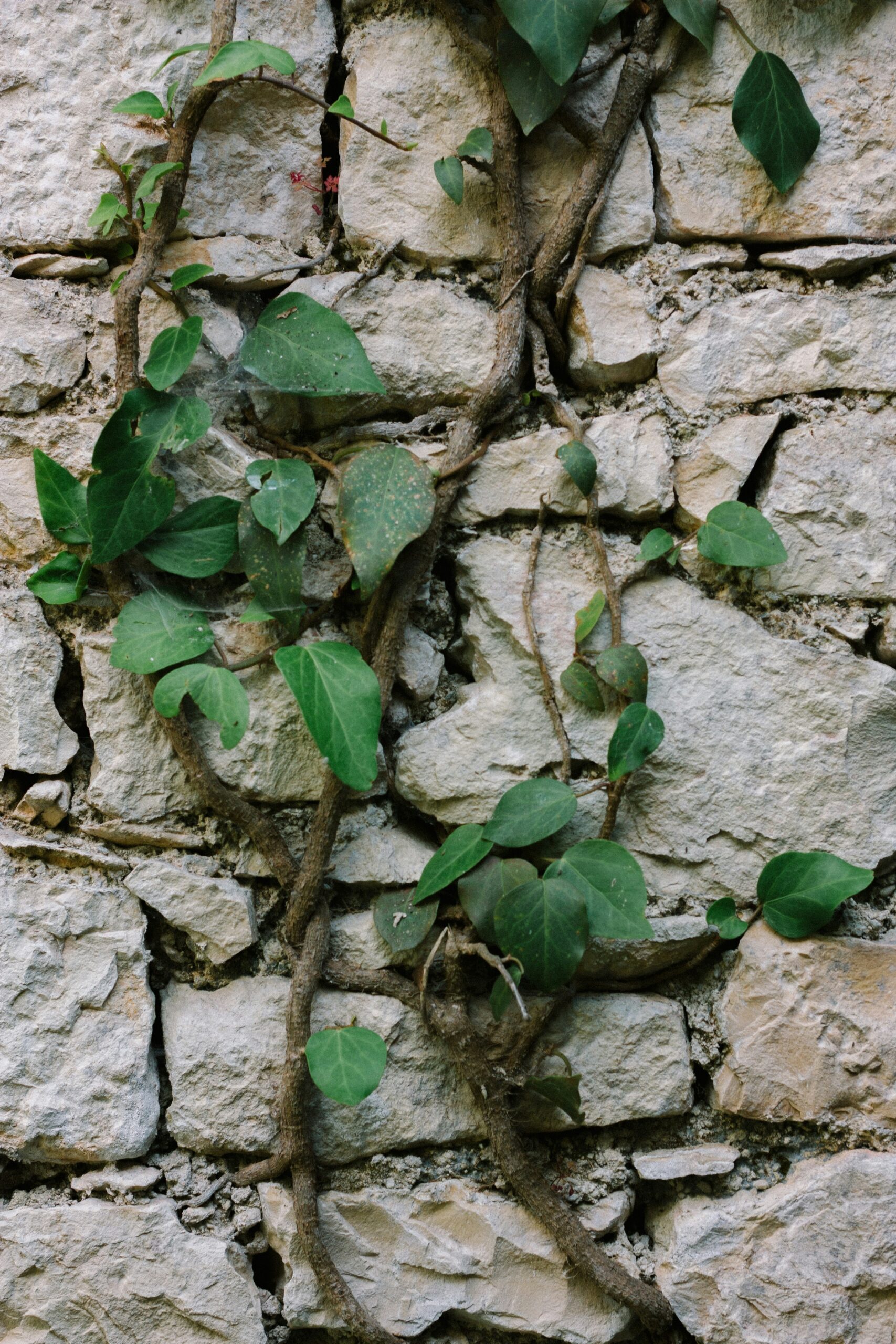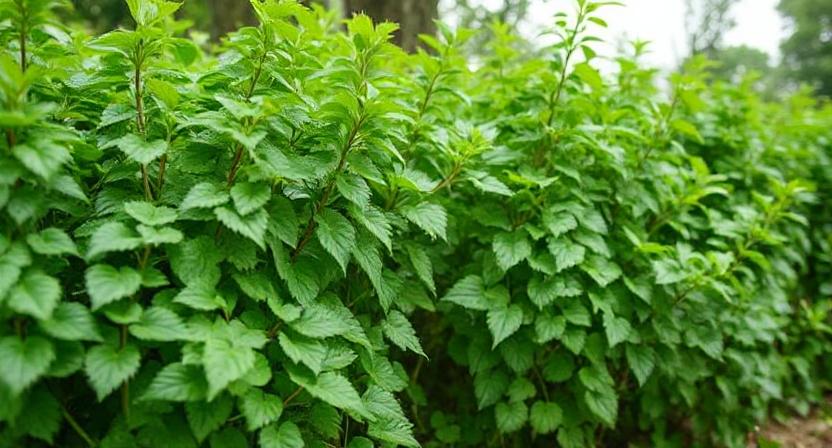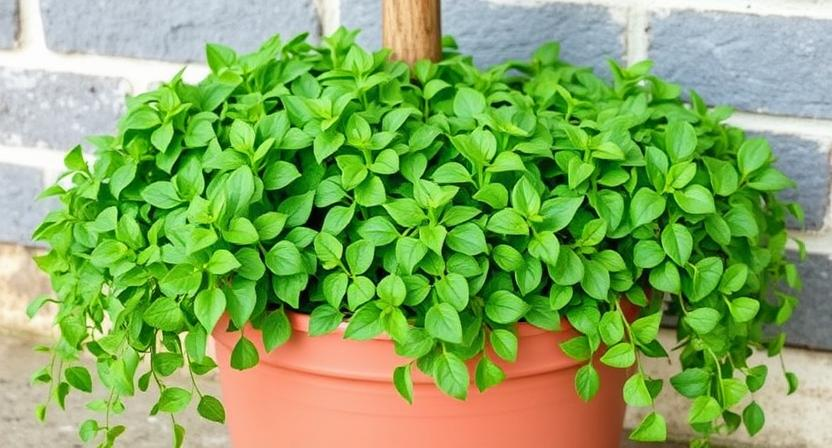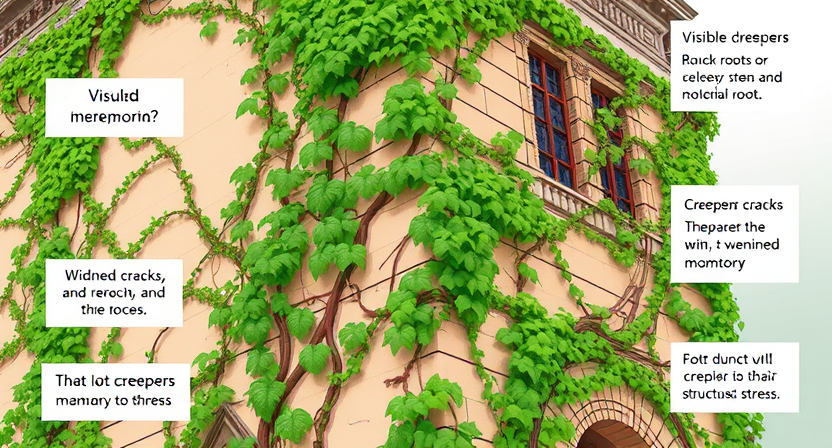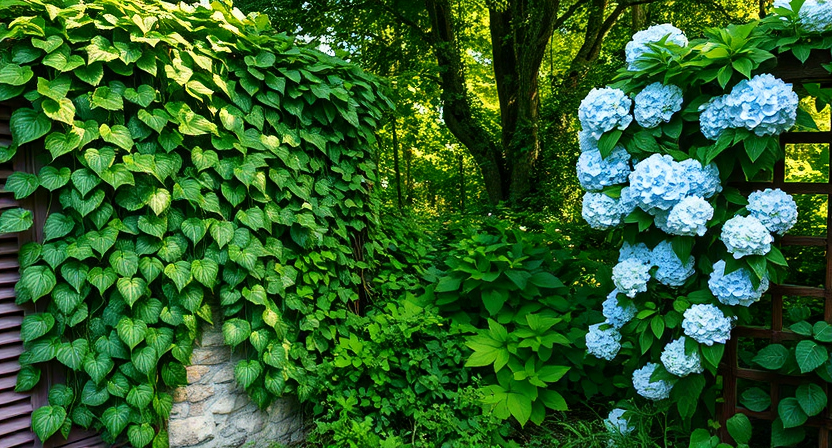Selecting the Perfect Support Structure for Your Climbing Plants
When it comes to selecting the perfect support structure for your climbing plants, there are a few factors to consider. One important aspect is understanding the requirements of your climbers. Different plants have varying growth habits and may require specific types of support. Some climbers, like ivy or clematis, have tendrils or twining stems which need a trellis with small gaps for them to grip onto. Other plants, such as roses or jasmine, have long, arching canes that may require a more sturdy and expansive trellis to accommodate their growth.
Another consideration is the available space for your trellis. Take a look at your garden or outdoor area and determine how much space you have for the structure. Consider whether you would prefer a freestanding trellis or one that can be attached to a wall or fence. Additionally, think about the height and width of the trellis, ensuring it will fit appropriately within your space while allowing ample room for the climbers to grow and flourish.
• Understand the requirements of your climbers
– Different plants have varying growth habits
– Some climbers have tendrils or twining stems that need a trellis with small gaps for gripping
– Other plants have long, arching canes that require a more sturdy and expansive trellis
• Consider the available space for your trellis
– Assess the garden or outdoor area to determine how much space is available
– Decide between freestanding trellis or one attached to a wall or fence
• Think about the height and width of the trellis
– Ensure it will fit appropriately within your space while allowing room for climbers to grow and flourish
Finding the Ideal Trellis for Your Vining Plants
Vining plants are a beautiful addition to any garden, adding vertical interest and a touch of charm. Finding the ideal trellis for these plants is essential to ensure their optimal growth and support. When selecting a trellis for your vining plants, there are several factors to consider.
First and foremost, it is important to understand the requirements of your specific vining plants. Some plants, like grapes or wisteria, have strong and aggressive growth habits, while others, such as delicate morning glories or sweet peas, have more delicate vines. Knowing the growth habit of your plants will help you choose a trellis that can adequately support their weight and provide the necessary structure.
Another crucial factor to consider is the available space in your garden. Vining plants can quickly take over an area if not carefully managed. Before selecting a trellis, measure the space and ensure that it will accommodate both the growth of the plant and the size of the trellis. Additionally, consider the overall aesthetic of your garden and choose a trellis design that complements your existing landscape. By taking these factors into account, you can find the perfect trellis for your vining plants, creating a stunning display in your garden.
• Understand the growth habits of your specific vining plants
• Consider the weight and structure support needed for your plants
• Measure the available space in your garden before selecting a trellis
• Ensure the trellis size can accommodate both plant growth and its own size
• Choose a trellis design that complements your existing landscape aesthetic
Understanding the Requirements of Your Creepers
Creepers, also known as trailing plants or vine-like plants, are a popular choice for adding a touch of natural beauty to your garden. These plants have a unique growth habit, as they rely on a support structure to climb or trail along. Understanding the requirements of your creepers is crucial to ensuring their healthy growth and overall success in your garden.
First and foremost, it is essential to consider the specific needs of your creepers when selecting a support structure. Different types of creepers have varying growth habits and preferences. Some creepers, such as ivy and pothos, have aerial roots that attach to walls or other structures, allowing them to climb vertically. For these plants, a trellis or a vertical support system would be ideal. On the other hand, there are creepers like sweet potato vines or ground ivy that tend to creep along the ground. In this case, providing a sturdy ground-level structure, such as low fences or wire mesh, would suit their trailing nature better.
• Different types of creepers have varying growth habits and preferences
• Some creepers, such as ivy and pothos, have aerial roots that attach to walls or other structures
• These plants require a trellis or vertical support system for healthy growth
• Other creepers like sweet potato vines or ground ivy tend to creep along the ground
• These plants need a sturdy ground-level structure, such as low fences or wire mesh
Considering the Growth Habit of Your Climbing Plants
When selecting a trellis for your climbing plants, it is important to consider the growth habit of the plants themselves. Some climbing plants, such as English ivy or Boston ivy, have aerial rootlets that cling to surfaces like walls or fences. These plants require a trellis with small openings or a trellis made of wire or mesh to support their growth. On the other hand, plants like clematis or wisteria have twining stems that require a trellis with horizontal or crisscrossed elements to wrap around. Understanding the growth habit of your climbing plants is crucial in order to provide them with the appropriate support and ensure healthy and vigorous growth.
Another factor to consider when thinking about the growth habit of your climbing plants is their eventual size and weight. Some climbing plants can grow to be quite large and heavy, and without the proper support structure, they can easily become overwhelmed and fail to thrive. It is important to choose a trellis that is not only strong and durable, but also the right size and shape to accommodate the growth of your plants. By taking into account the growth habit and potential size of your climbing plants, you can select a trellis that will provide them with the support they need to flourish in your garden.
• Some climbing plants, like English ivy or Boston ivy, have aerial rootlets that cling to surfaces
– These plants require a trellis with small openings or made of wire/mesh for support
• Other plants, such as clematis or wisteria, have twining stems that need horizontal or crisscrossed elements on the trellis to wrap around
• Understanding the growth habit of your climbing plants is crucial for providing appropriate support and ensuring healthy growth
• Consider the eventual size and weight of your climbing plants when selecting a trellis
– Large and heavy plants may require a strong and durable trellis
– Choose a trellis that is the right size and shape to accommodate their growth
• By considering these factors, you can select a suitable trellis that will help your climbing plants thrive in your garden.
Identifying the Available Space for Your Trellis
When considering the placement of your trellis, it is essential to evaluate the available space in your garden. Start by assessing the vertical space you have to work with. Take note of any obstructions, such as tree branches or nearby structures, that may limit the height of your trellis. Additionally, consider how much sunlight reaches the designated area. Some climbing plants require full sun, while others prefer partially shaded spots. By identifying the available space and understanding its limitations, you can ensure that your trellis is positioned in an optimal location for your climbing plants to thrive.
In addition to vertical space, it is important to consider the horizontal space needed for your trellis. Measure the width of the area where you plan to install the trellis and account for any potential expansion of your climbing plants. Remember that certain vining plants can spread quickly and may require a wider trellis or more space between multiple trellises. By accurately identifying the available space, you can select a trellis that fits within the confines of your garden while still providing ample support for your climbing plants.
• Assess the vertical space in your garden
• Take note of any obstructions that may limit the height of your trellis
• Consider how much sunlight reaches the designated area
• Some climbing plants require full sun, while others prefer partially shaded spots
• Understanding the limitations of the available space will help position your trellis optimally for plant growth
– Measure the width of the area where you plan to install the trellis
– Account for potential expansion of climbing plants
– Certain vining plants can spread quickly and may require a wider trellis or more space between multiple trellises
– Accurately identify available space to select a suitable-sized trellis
– Ensure ample support for climbing plants while fitting within garden confines
Evaluating the Strength and Durability of Different Trellis Materials
When selecting a trellis for your climbing plants, it is crucial to consider the strength and durability of the materials used. The trellis should be able to support the weight of the plants as they grow and withstand the various weather conditions they may be exposed to. Wood is a popular choice for trellis materials due to its natural strength and durability. Cedar and redwood, in particular, are known for their resistance to rot and decay, making them excellent options for long-lasting trellises. However, keep in mind that wood may require regular maintenance, such as staining or sealing, to ensure its longevity.
Metal trellises offer another option in terms of strength and durability. Materials like wrought iron or steel are known for their sturdiness and ability to withstand heavy loads. Additionally, metal trellises are generally more resistant to rot and decay than their wooden counterparts. However, it is important to consider the type of metal used, as some metals may be prone to rusting if not properly treated or coated. Look for trellises made from galvanized or powder-coated metals, as these coatings provide added protection against corrosion.
• Wood, particularly cedar and redwood, is a popular choice for trellis materials due to its natural strength and durability.
• Cedar and redwood are resistant to rot and decay, making them excellent options for long-lasting trellises.
• However, wood may require regular maintenance such as staining or sealing to ensure longevity.
• Metal trellises offer another option in terms of strength and durability.
• Wrought iron or steel are known for their sturdiness and ability to withstand heavy loads.
• Metal trellises are generally more resistant to rot and decay than wooden ones.
• It is important to consider the type of metal used, as some metals may be prone to rusting if not properly treated or coated.
• Look for trellises made from galvanized or powder-coated metals as these coatings provide added protection against corrosion.
Exploring Different Trellis Designs and Styles
When it comes to selecting a trellis for your climbing plants, there are numerous designs and styles to choose from. One popular option is the lattice trellis, which features crisscrossing wooden slats that create a visually appealing pattern. This type of trellis provides ample support and allows for easy plant attachment. Another option is the obelisk trellis, which resembles a tall pyramid with four sides. Obelisk trellises are not only functional but also add an elegant touch to your garden. They work well with both climbing flowers and vegetables, providing stability and vertical growth space.
For a more contemporary look, you might consider a metal trellis. These trellises come in various shapes and sizes, including geometric patterns and sleek designs. Metal trellises are durable and weather-resistant, making them ideal for long-term use. Another design option is the fan trellis, which features a folding or spreading design that mimics the shape of a fan. These trellises are perfect for training climbing roses or vine plants and can be easily adjusted to accommodate the growth of your plants.
Ultimately, the choice of trellis design and style will depend on your personal preferences and the overall aesthetic of your garden. Whether you opt for a classic lattice trellis or a modern metal design, remember to consider the specific needs of your climbing plants and ensure that the trellis provides the necessary support for their growth.
• Lattice trellis: Features crisscrossing wooden slats for a visually appealing pattern
• Provides ample support and easy plant attachment
• Obelisk trellis: Resembles a tall pyramid with four sides
• Adds an elegant touch to your garden
• Works well with climbing flowers and vegetables, providing stability and vertical growth space
• Metal trellis: Offers a more contemporary look
• Comes in various shapes and sizes, including geometric patterns and sleek designs
• Durable and weather-resistant for long-term use
• Fan trellis: Mimics the shape of a fan with folding or spreading design
• Perfect for training climbing roses or vine plants
• Easily adjustable to accommodate plant growth
Ultimately, choose the trellis design that aligns with your personal preferences and complements the overall aesthetic of your garden. Consider the specific needs of your climbing plants when selecting a trellis to ensure it provides adequate support for their growth.
Matching the Trellis Design with Your Garden Aesthetic
When selecting a trellis for your climbing plants, it’s important to consider how the design will complement the overall aesthetic of your garden. The trellis should not only serve a functional purpose, but also enhance the visual appeal of your outdoor space. Whether your garden style is rustic, modern, or traditional, there is a trellis design that can seamlessly blend in with your existing decor.
For a rustic garden aesthetic, consider a trellis made from natural materials such as wood or bamboo. These materials will bring a warm and earthy feel to your garden, creating a cozy and inviting atmosphere. Opt for a trellis design that is simple and unobtrusive, allowing the beauty of your climbing plants to take center stage.
If your garden has a modern aesthetic, sleek and minimalist trellis designs are the way to go. Look for trellises made from metal or painted in a neutral color such as black or white. These clean lines and contemporary materials will add a touch of sophistication to your outdoor space, creating a stylish and sleek look.
For a more traditional garden look, consider trellises with decorative elements such as intricate scrollwork or ornate patterns. Trellises made from wrought iron or cast iron can lend a timeless and classic appeal to your garden, giving it a sense of elegance and grandeur.
Remember, the trellis you choose should complement and enhance the overall aesthetic of your garden, rather than overpower it. By considering the style and materials of the trellis, you can ensure that it becomes a seamless and visually pleasing addition to your outdoor space.
• For a rustic garden aesthetic, choose a trellis made from natural materials like wood or bamboo.
• Opt for a simple and unobtrusive design that allows your climbing plants to be the focal point.
• Consider using earthy colors to blend in with the natural surroundings of your garden.
• If you have a modern garden, go for sleek and minimalist trellis designs.
• Look for trellises made from metal or painted in neutral colors like black or white.
• Clean lines and contemporary materials will add sophistication to your outdoor space.
• For a traditional garden look, opt for trellises with decorative elements such as scrollwork or ornate patterns.
• Choose wrought iron or cast iron trellises to create an elegant and grand atmosphere.
• These classic designs will give your garden a timeless appeal.
Remember:
– The chosen trellis should complement the overall aesthetic of your garden.
– It shouldn’t overpower it but enhance its visual appeal instead.
Taking into Account the Maintenance and Upkeep of the Trellis
When selecting a trellis for your climbing plants, it is crucial to consider the maintenance and upkeep requirements that come with it. Different trellis materials and designs may require varying levels of care and attention to keep them in good condition. Before making a decision, it is essential to assess your own willingness and ability to devote time and effort into the maintenance of the trellis.
One factor to consider is the durability of the trellis material. Some materials, such as metal or vinyl, are more resistant to weathering and may require less maintenance in the long run. On the other hand, wooden trellises may add a natural and rustic charm to your garden, but they may require periodic sealing or treatment to protect against rot and decay. By considering the maintenance needs of different trellis materials, you can choose one that aligns with your desired level of upkeep and longevity.
• Metal or vinyl trellises are more resistant to weathering and require less maintenance
• Wooden trellises may add a natural charm but require periodic sealing or treatment to protect against rot and decay
• Consider the desired level of upkeep and longevity when choosing a trellis material
Considering the Budget and Cost of Different Trellis Options
When it comes to selecting the perfect support structure for your climbing plants, considering your budget and the cost of different trellis options is an important factor to take into account. Trellises can vary greatly in price, depending on their size, material, and design. While some trellises can be quite affordable, others may come with a heftier price tag. It is essential to determine a budget that aligns with your gardening needs and financial resources.
While cost is a significant consideration, it shouldn’t be the sole deciding factor when choosing a trellis. Keep in mind that a more expensive trellis may offer greater durability and longevity, resulting in a better long-term investment. However, if you are working with a tight budget, there are plenty of cost-effective trellis options available that can still provide adequate support for your climbing plants. Ultimately, striking a balance between cost and quality will help you find the ideal trellis for your garden without breaking the bank.
• Consider your budget and the cost of different trellis options when selecting a support structure for climbing plants.
• Trellises can vary in price based on size, material, and design.
• Determine a budget that aligns with your gardening needs and financial resources.
• Cost should not be the sole deciding factor; durability and longevity are also important considerations.
• More expensive trellises may offer better long-term investment due to their durability.
• If working with a tight budget, there are still cost-effective trellis options available.
• Striking a balance between cost and quality is key in finding the ideal trellis without overspending.



